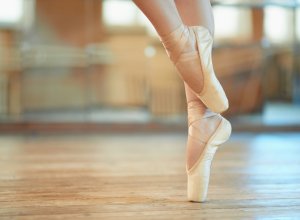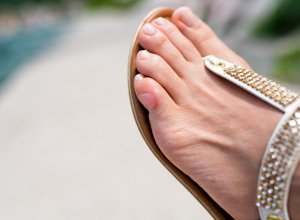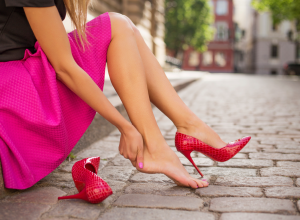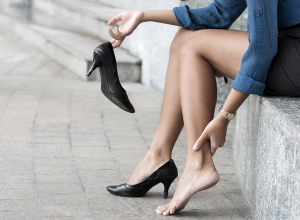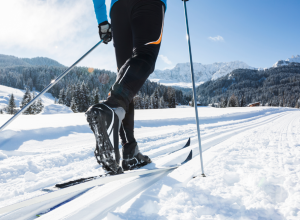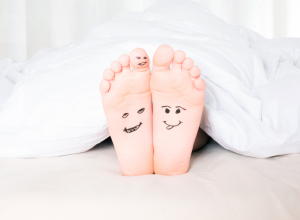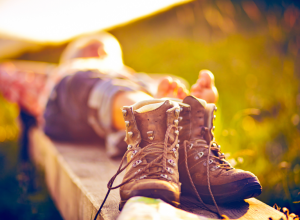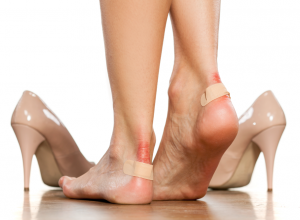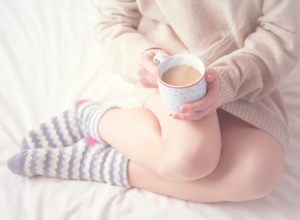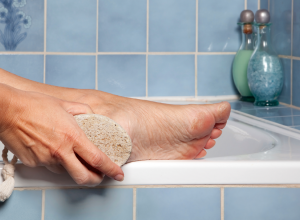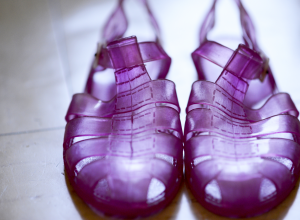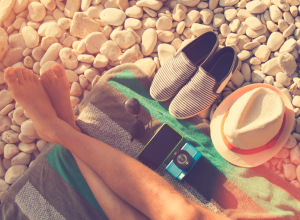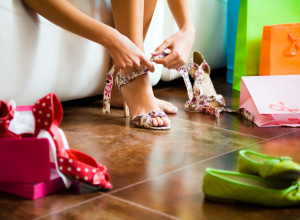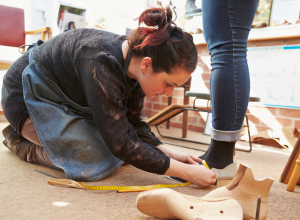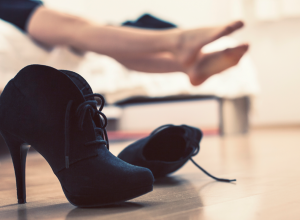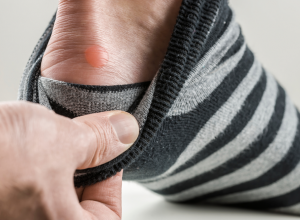
Blister
A blister is a liquid-filled pocket of skin that typically forms due to repeated friction, forceful rubbing, burning, infection or freezing.
Symptoms
Blisters are usually conical or spherical in shape and are generally filled with pus, clear liquid, or blood (the latter of which is called a blood blister). They are usually painful and tender to the touch.
Blisters are different from corns and calluses in that they usually affect only a thin layer of the epidermis (the outer-most layer of skin), form quickly and are filled with clear fluid (serum or plasma) meant to help protect the skin from further damage. Corns and calluses are thicker patches of skin on the feet that build up over time.
Causes
Most blisters appear on the hands and feet due to their susceptibility to friction and other irritation during activities like walking, running and digging with a shovel. Blisters on the feet usually appear due to improperly fitted shoes that rub or create friction on the skin. A blister is more likely to form on moist skin rather than dry skin and they are more common in warm environments.
Treatment and Prevention
The best way to prevent blisters from forming on the feet is to wear properly fitted, comfortable shoes and clean socks. It’s also important to “break in” shoes before wearing them for long periods of time.
Bandages, tapes and moleskin are all helpful in protecting a blister when it forms and should be applied daily until the wound fully heals.
Notice concerning medical entries:
Articles having medical content shall serve exclusively for the purpose of general information. Such articles are not suitable for any (self-) diagnosis and treatment of individual illnesses and medical indications. In particular, they cannot substitute for the examination, advice, or treatment by a licensed physician or pharmacist. No replies to any individual questions shall be effected through the articles.


